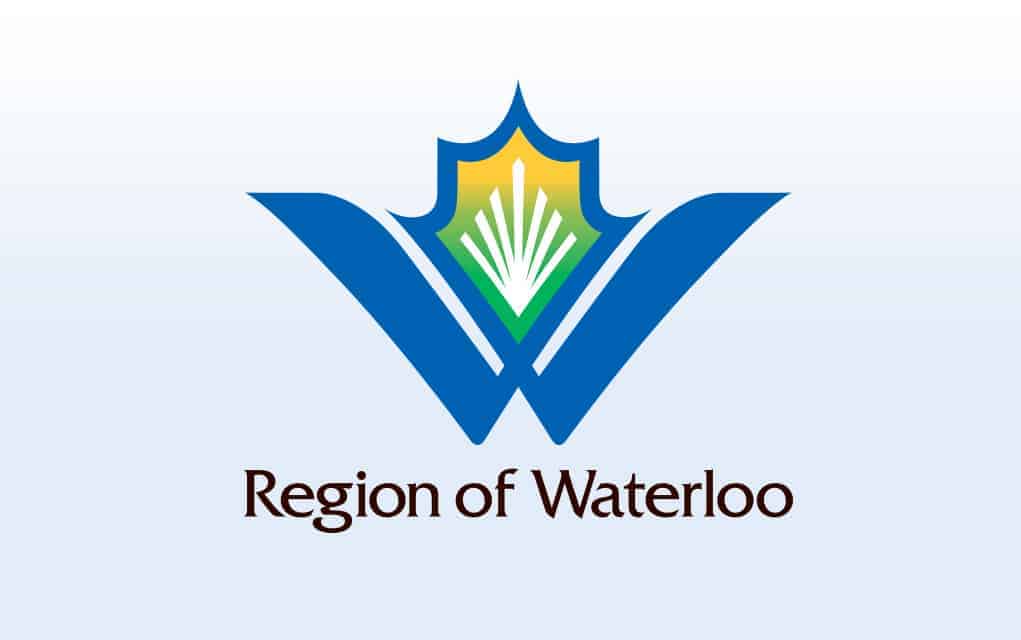A week after the latest lockdown, Waterloo Region is seeing a small uptick in the number of COVID-19 cases, with officials stressing that compliance with public health measures is needed to prevent a third wave of the coronavirus.
At midweek, there were 338 active cases, 25 more than earlier in the week, but still down from the 345 a week earlier. The number of hospitalizations was up over the same period, however, to 31 from 22 at the same time last week.
The new cases bring the cumulative total since the pandemic began in the region to 10,438, of which 9,875 have been deemed resolved – 94.6 per cent. There have been 222 deaths linked to COVID-19.
This week’s increase followed lower numbers on Friday, when the region holds it weekly coronavirus briefing. Medical officer of health Dr. Hsiu-Li Wang had urged caution.
“These improvements over the last few weeks have been significant and are the result of both the restrictions and our residents’ commitment to public health measures. The gradual lifting of restrictions and moving to the red control zone of the provincial framework is neither a normal reopening, nor a return to normal. It is imperative that we stay the course. The province is recommending the same thing for our resident, despite the fact we’re back in the colour-coded framework.”
To help the numbers continue downward, Wang suggests “we should only go out for essential reasons, and not gather with anyone outside of our household unless we live alone and wish to join one other exclusive household.”
The region is seeing new cases of COVID-19 variants, which was predicted.
“This is not unexpected given provincial modeling and trends. We are working to include variant data on our dashboard in the coming weeks,” said Wang.
The province has not yet seen variants of concern spread like the initial strain, and Wang warns if measures aren’t followed, we could see a new wave.
“If we were to go up again, it wouldn’t be part of a second wave, it would be part of a third wave, which we’re trying to all work together to avoid. But we are past the peak of our second wave.
In Wellington-Dufferin-Guelph, there were 92 active cases, down from 167 a week earlier.
167 active cases at midweek, down from 181 a week earlier. That catchment area’s cumulative total was 4,596, of which 4,401 (95.8 per cent) have been resolved. There have been a total of 103 fatalities since the pandemic began, increase of eight in the past week.
The province is seeing some slowing of cases, with the total now at 295,119, an increase of some 8,000 in the past week.
There have been 6,884 deaths attributed to the virus, representing a mortality rate of 2.3 per cent. The ministry reports 277,939 cases (94.2 per cent) have been resolved.
The latest numbers from Health Canada show 30,677 active cases, a decrease of some 5,000 in the past week. The cumulative total of confirmed cases now stands at 852,269, with 21,762 related deaths, a mortality rate of 2.6 per cent.
At midweek, there were 338 active cases, 25 more than earlier in the week, but still down from the 345 a week earlier. The number of hospitalizations was up over the same period, however, to 31 from 22 at the same time last week.
The new cases bring the cumulative total since the pandemic began in the region to 10,438, of which 9,875 have been deemed resolved – 94.6 per cent. There have been 222 deaths linked to COVID-19.
This week’s increase followed lower numbers on Friday, when the region holds it weekly coronavirus briefing. Medical officer of health Dr. Hsiu-Li Wang had urged caution.
“These improvements over the last few weeks have been significant and are the result of both the restrictions and our residents’ commitment to public health measures. The gradual lifting of restrictions and moving to the red control zone of the provincial framework is neither a normal reopening, nor a return to normal. It is imperative that we stay the course. The province is recommending the same thing for our resident, despite the fact we’re back in the colour-coded framework.”
To help the numbers continue downward, Wang suggests “we should only go out for essential reasons, and not gather with anyone outside of our household unless we live alone and wish to join one other exclusive household.”
The region is seeing new cases of COVID-19 variants, which was predicted.
“This is not unexpected given provincial modeling and trends. We are working to include variant data on our dashboard in the coming weeks,” said Wang.
The province has not yet seen variants of concern spread like the initial strain, and Wang warns if measures aren’t followed, we could see a new wave.
“If we were to go up again, it wouldn’t be part of a second wave, it would be part of a third wave, which we’re trying to all work together to avoid. But we are past the peak of our second wave.
In Wellington-Dufferin-Guelph, there were 92 active cases, down from 167 a week earlier.
167 active cases at midweek, down from 181 a week earlier. That catchment area’s cumulative total was 4,596, of which 4,401 (95.8 per cent) have been resolved. There have been a total of 103 fatalities since the pandemic began, increase of eight in the past week.
The province is seeing some slowing of cases, with the total now at 295,119, an increase of some 8,000 in the past week.
There have been 6,884 deaths attributed to the virus, representing a mortality rate of 2.3 per cent. The ministry reports 277,939 cases (94.2 per cent) have been resolved.
The latest numbers from Health Canada show 30,677 active cases, a decrease of some 5,000 in the past week. The cumulative total of confirmed cases now stands at 852,269, with 21,762 related deaths, a mortality rate of 2.6 per cent.









